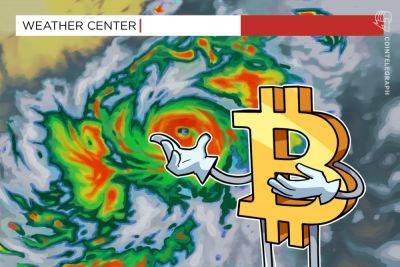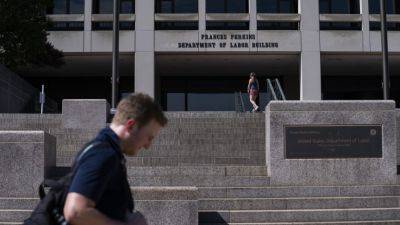US Fed Reserve Banks State Stablecoins Could Inject Instability in Economy
The United States Federal Reserve Banks of Boston and New York have published a data-driven report that delves into the potential impact of stablecoins on the broader economic landscape.
In the 49-page report titled "Runs and Flights to Safety: Are Stablecoins the New Money Market," stablecoins are likened to certain traditional finance vehicles, notably money market funds (MMFs).
The comprehensive report also highlighted that stablecoins and MMFs provide money-like assets to investors due to their stable nominal value by engaging in liquidity transformation.
However, like conventional bank deposits, issuing continuous liquidity may render them vulnerable to runs.
The report also includes a case study of stablecoin runs, specifically focusing on incidents involving USDT and USDC in 2022 and 2023. It draws similarities and differences between these events and the runs experienced by money market funds in 2008 and 2020.
As per the investigative research, stablecoins are vulnerable during downtrends in the broader cryptocurrency market or when unexpected issues arise.
If stablecoins become increasingly intertwined with critical financial markets like short-term funding, they could pose a risk to the overall economic system.
Other key findings reveal that stablecoins exhibit a broader spectrum of risk profiles than MMFs.
The report also cited that certain stablecoins are backed by safe assets such as cash and U.S. Treasuries, while others rely on riskier collateral, including other crypto assets or even corporate debt.
In cases where the collateral supporting some stablecoins loses value, they are likely to deviate from their peg and trigger significant loss.
Additionally, stablecoins that maintain their pegs through algorithms
Read more on cryptonews.com






















